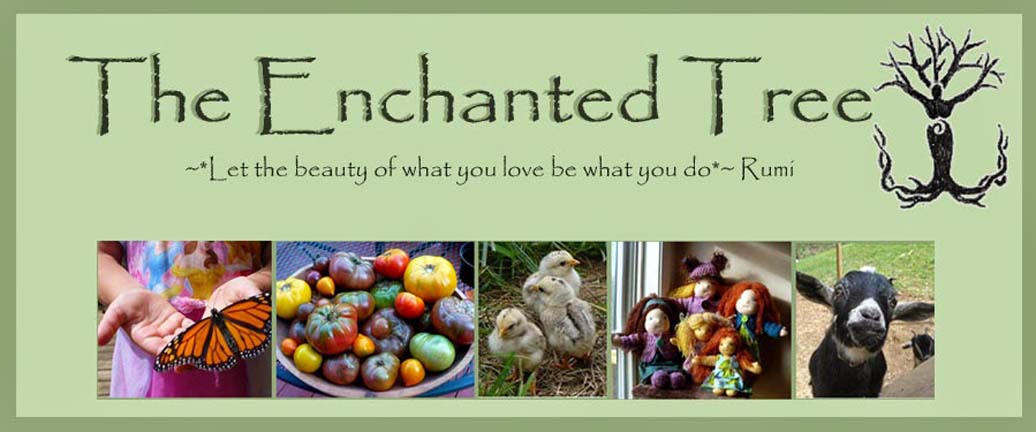 Male Eastern Tiger Swallowtail
Male Eastern Tiger SwallowtailHost plants for the Eastern Tiger Swallowtail caterpillars are lilac, willow, birch, Yellow Poplar (tulip) , Sweet Bay, Sassafras and Black cherry trees. Nectar plants for the Eastern Tiger Swallowtail are any of the rich nectar flowers... Butterfly bush, lilac, azaleas, honeysuckle, milkweed, clover, coneflowers, zinnias and more.
 Comma butterfly
Comma butterflyHost plants for the comma butterfly include Hop, Stinging Nettle, Dead nettle, elm, and birch leaves. Nectar plants for the Comma include butterfly bush, tree sap and rotting fruit. i see them most often near our compost or around our peach tree when the peaches are ripening.
 Notice the tiny white 'comma' on it's hindwing? This is where it gets it's name, and helps distinguish it from the Question mark butterfly which looks quite similar.
Notice the tiny white 'comma' on it's hindwing? This is where it gets it's name, and helps distinguish it from the Question mark butterfly which looks quite similar. Another Male Easter Tiger Swallowtail, Females will have more blue on their hindwings.
Another Male Easter Tiger Swallowtail, Females will have more blue on their hindwings. Variegated Fritillary.
Variegated Fritillary.
Question Mark Butterfly. Host plants for Question mark include
These butterflies are not often nectar eaters preferring rotting fruit, tree sap, and dung. We see them most often in our compost or on fresh piles of critter poo.
 Similar to the comma, this butterfly can be identified by the question mark on it's hind wing. There is a tiny dot near the comma distinguishing it from a comma butterfly.
Similar to the comma, this butterfly can be identified by the question mark on it's hind wing. There is a tiny dot near the comma distinguishing it from a comma butterfly.
These butterflies are not often nectar eaters preferring rotting fruit, tree sap, and dung. We see them most often in our compost or on fresh piles of critter poo.
 Similar to the comma, this butterfly can be identified by the question mark on it's hind wing. There is a tiny dot near the comma distinguishing it from a comma butterfly.
Similar to the comma, this butterfly can be identified by the question mark on it's hind wing. There is a tiny dot near the comma distinguishing it from a comma butterfly. Common Buckeye.
Common Buckeye.Host plants for the Buckeye include plaintain, verbena, snapdragon and toadflax (butter and eggs). The butterflies Buckeye butterflies eat nectar from plants, including chicory, tickseed (Coreopsis), peppermint and aster.
This is just the beginning of butterfly season for us. i have also spotted many skippers, spring Azures, wood nymphs and hair streaks. We typically are visited by many black Swallowtails, Spicebush Swallowtails, Great Spangled Fritillary, Monarchs and many others.
My butterfly bush is definitely the most popular butterfly attracting plant i have, but purple coneflowers, coreopsis (tickweed) and zinnias are also butterfly favorites.
If you are not sure where to start you can print off a Brochure for butterfly gardening or check out the The Butterfly Site for info about the types of butterflies in your area, and plants that will help to attract them.
My butterfly bush is definitely the most popular butterfly attracting plant i have, but purple coneflowers, coreopsis (tickweed) and zinnias are also butterfly favorites.
If you are not sure where to start you can print off a Brochure for butterfly gardening or check out the The Butterfly Site for info about the types of butterflies in your area, and plants that will help to attract them.



Do you live in the most magical place in the world, or is it that you have the vision to find the magic all around you?
ReplyDeleteThese are great!
teresa, i believe it is a bit of both. The Blue Ridge mountains are truly magical, but you do have to be able to see the magic that is all around us...and not every can or does.
ReplyDelete